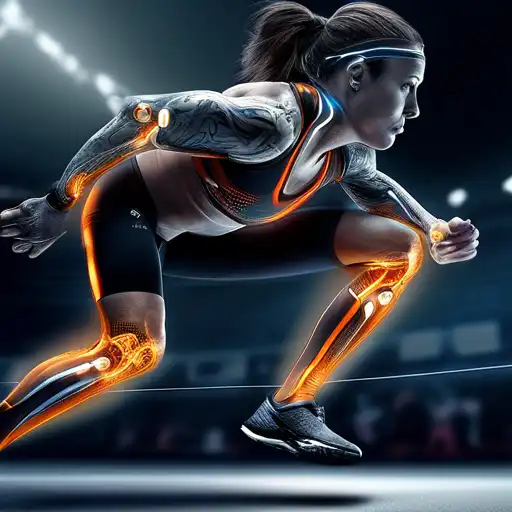Introduction to Wearable Technology in Sports
In the realm of competitive sports and personal fitness, wearable technology has emerged as a game-changer. These innovative devices are designed to monitor, analyze, and enhance athletic performance, offering insights that were previously inaccessible. From tracking heart rate and calories burned to measuring sleep quality and recovery times, wearable tech is revolutionizing how athletes train and compete.
The Benefits of Wearable Tech for Athletes
Wearable technology offers a plethora of benefits for athletes of all levels. By providing real-time data on physical activity and health metrics, these devices enable users to optimize their training regimens, prevent injuries, and achieve peak performance. Key advantages include:
- Enhanced performance tracking
- Improved recovery processes
- Personalized training insights
- Injury prevention and health monitoring
Popular Wearable Devices for Athletes
The market is flooded with a variety of wearable devices tailored to meet the needs of athletes. Some of the most popular options include:
- Smartwatches with GPS and heart rate monitoring
- Fitness bands for activity tracking
- Smart clothing with embedded sensors
- Head-mounted displays for augmented reality training
Each of these devices offers unique features designed to cater to specific aspects of athletic performance and health monitoring.
How Wearable Tech Enhances Training and Performance
Wearable technology provides athletes with detailed insights into their training sessions, allowing for adjustments that can lead to significant improvements in performance. For example, by analyzing data on heart rate variability, athletes can tailor their workouts to optimize endurance and strength. Similarly, sleep tracking features help in ensuring adequate recovery, which is crucial for muscle growth and performance enhancement.
The Future of Wearable Technology in Sports
As technology continues to evolve, the future of wearable tech in sports looks promising. Innovations such as AI-powered coaching and biometric tattoos are on the horizon, offering even more precise and personalized data for athletes. These advancements are expected to further blur the lines between technology and human performance, opening up new possibilities for athletic achievement.
Conclusion
Wearable technology is transforming the way athletes train, compete, and recover. By leveraging the power of real-time data and personalized insights, these devices are setting new standards in athletic performance and health monitoring. As the technology advances, the potential for further enhancements in sports performance is limitless, making wearable tech an indispensable tool for athletes worldwide.
